Limestone is a timeless material that has been used in architecture for centuries, known for its durability, versatility, and beauty. In modern design, limestone facades have seen a resurgence as architects and designers seek to blend the classic elegance of limestone with contemporary aesthetics. The result is a stunning combination of old-world charm and sleek modernity, making limestone facades a popular choice for both residential and commercial buildings. One of the key advantages of using limestone for a facade is its natural aesthetic appeal. Limestone is a sedimentary rock that is formed over millions of years through the accumulation of marine organisms, creating a unique texture and color that adds character to any building. Whether it’s a creamy white limestone or a warm beige hue, the natural variations in the stone can create a rich and dynamic facade that stands out from more uniform building materials. Beyond its visual appeal, limestone facades are also prized for their durability and longevity. Limestone is a dense and hard-wearing material that can withstand the elements with minimal maintenance, making it an excellent choice for exterior cladding. Unlike some other building materials that may degrade over time, limestone facades can retain their beauty and structural integrity for decades, making them a sound investment for any building project. In addition to its durability, limestone is also a versatile material that can be used in a variety of design styles. From sleek and modern to traditional and rustic, limestone facades can be customized to suit a wide range of architectural visions. For contemporary buildings, limestone can be cut into clean, geometric shapes and arranged in a minimalist pattern to create a sleek and sophisticated facade. Alternatively, for buildings with a more traditional aesthetic, limestone can be carved into intricate details and patterns to evoke a sense of old-world charm and elegance. One of the key features of modern limestone facades is their ability to seamlessly blend indoor and outdoor spaces. By using limestone on both the exterior facade and interior walls, designers can create a sense of continuity and flow that blurs the boundaries between inside and outside.
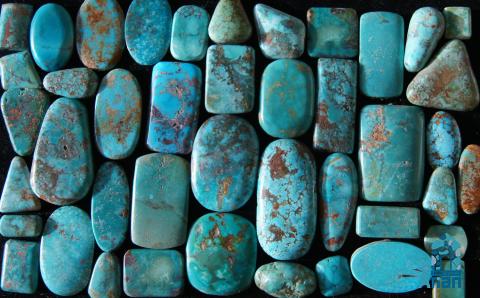
.
 This integration of materials can create a harmonious and inviting atmosphere that connects inhabitants with the natural world, enhancing the overall experience of a building. In terms of sustainability, limestone is also a relatively eco-friendly building material. As a natural stone, limestone is abundant in nature and requires minimal processing to be used in construction. This means that limestone facades have a lower environmental impact compared to synthetic materials that require more energy-intensive manufacturing processes. Additionally, limestone facades have a long lifespan, reducing the need for frequent replacement and minimizing waste over time. When it comes to maintenance, limestone facades are relatively low-maintenance compared to some other building materials. Limestone is resistant to mold, mildew, and weathering, meaning that it requires minimal cleaning and upkeep to maintain its appearance. Regular washing with water and mild detergent is usually sufficient to keep a limestone facade looking its best, making it a practical choice for building owners who want a beautiful facade without the hassle of constant maintenance. In terms of cost, limestone facades can vary in price depending on factors such as the type of limestone, the complexity of the design, and the size of the project. While limestone may be more expensive upfront compared to some other building materials, its longevity and durability can make it a cost-effective choice in the long run. By investing in a high-quality limestone facade, building owners can enjoy a beautiful and resilient exterior that will stand the test of time, reducing the need for costly repairs and replacements in the future. In conclusion, modern limestone facades offer a perfect blend of beauty, durability, and versatility that makes them a top choice for architects, designers, and building owners alike.
This integration of materials can create a harmonious and inviting atmosphere that connects inhabitants with the natural world, enhancing the overall experience of a building. In terms of sustainability, limestone is also a relatively eco-friendly building material. As a natural stone, limestone is abundant in nature and requires minimal processing to be used in construction. This means that limestone facades have a lower environmental impact compared to synthetic materials that require more energy-intensive manufacturing processes. Additionally, limestone facades have a long lifespan, reducing the need for frequent replacement and minimizing waste over time. When it comes to maintenance, limestone facades are relatively low-maintenance compared to some other building materials. Limestone is resistant to mold, mildew, and weathering, meaning that it requires minimal cleaning and upkeep to maintain its appearance. Regular washing with water and mild detergent is usually sufficient to keep a limestone facade looking its best, making it a practical choice for building owners who want a beautiful facade without the hassle of constant maintenance. In terms of cost, limestone facades can vary in price depending on factors such as the type of limestone, the complexity of the design, and the size of the project. While limestone may be more expensive upfront compared to some other building materials, its longevity and durability can make it a cost-effective choice in the long run. By investing in a high-quality limestone facade, building owners can enjoy a beautiful and resilient exterior that will stand the test of time, reducing the need for costly repairs and replacements in the future. In conclusion, modern limestone facades offer a perfect blend of beauty, durability, and versatility that makes them a top choice for architects, designers, and building owners alike.
..
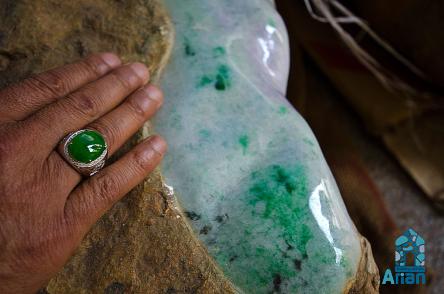 Whether used in contemporary or traditional designs, limestone facades can enhance the aesthetic appeal of any building while also providing long-lasting performance and sustainability benefits. From its natural aesthetic to its seamless integration of indoor and outdoor spaces, limestone facades are a standout choice for those seeking a timeless and sophisticated exterior cladding solution. When considering the installation of a modern limestone facade, it’s important to work with experienced architects, designers, and contractors who have a deep understanding of the material and its application. Proper installation is crucial to the performance and longevity of a limestone facade, ensuring that it not only looks stunning but also functions effectively as a protective outer layer for the building. One key consideration when designing a limestone facade is the selection of the right type of limestone for the project. Limestone comes in a variety of colors, textures, and finishes, each with its own unique characteristics and aesthetic appeal. Some popular types of limestone for facades include Crema Europa Limestone, Pietra Dorata Limestone, and Gascogne Blue Limestone, each offering a distinct look that can enhance the overall design of a building. Moreover, the size and shape of the limestone pieces used in the facade can also significantly impact the overall appearance of the building. Larger limestone panels can create a more contemporary and bold look, while smaller tiles or blocks may lend themselves to a more traditional or intricate design. The patterning and layout of the limestone panels can also be customized to achieve different visual effects, from seamless monolithic surfaces to dynamic patterns and textures. When it comes to maintaining a modern limestone facade, regular care and maintenance are essential to preserve its beauty and integrity over time.
Whether used in contemporary or traditional designs, limestone facades can enhance the aesthetic appeal of any building while also providing long-lasting performance and sustainability benefits. From its natural aesthetic to its seamless integration of indoor and outdoor spaces, limestone facades are a standout choice for those seeking a timeless and sophisticated exterior cladding solution. When considering the installation of a modern limestone facade, it’s important to work with experienced architects, designers, and contractors who have a deep understanding of the material and its application. Proper installation is crucial to the performance and longevity of a limestone facade, ensuring that it not only looks stunning but also functions effectively as a protective outer layer for the building. One key consideration when designing a limestone facade is the selection of the right type of limestone for the project. Limestone comes in a variety of colors, textures, and finishes, each with its own unique characteristics and aesthetic appeal. Some popular types of limestone for facades include Crema Europa Limestone, Pietra Dorata Limestone, and Gascogne Blue Limestone, each offering a distinct look that can enhance the overall design of a building. Moreover, the size and shape of the limestone pieces used in the facade can also significantly impact the overall appearance of the building. Larger limestone panels can create a more contemporary and bold look, while smaller tiles or blocks may lend themselves to a more traditional or intricate design. The patterning and layout of the limestone panels can also be customized to achieve different visual effects, from seamless monolithic surfaces to dynamic patterns and textures. When it comes to maintaining a modern limestone facade, regular care and maintenance are essential to preserve its beauty and integrity over time.
…
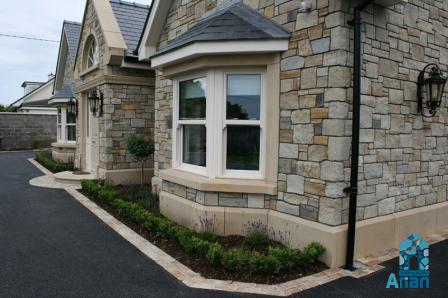 While limestone is a durable material, it is still susceptible to environmental factors such as dirt, pollution, and moisture, which can affect its appearance and performance. Routine cleaning and inspections can help prevent issues such as staining, discoloration, and erosion, ensuring that the facade remains in top condition for years to come. In terms of design trends, modern limestone facades are increasingly being used in combination with other materials such as glass, steel, and wood to create striking architectural compositions. By juxtaposing the classic elegance of limestone with more contemporary elements, designers can achieve a harmonious balance between tradition and innovation, resulting in visually dynamic and sophisticated facades that capture the essence of modern design. In conclusion, modern limestone facades offer a compelling combination of beauty, durability, sustainability, and versatility that make them a standout choice for a wide range of building projects. Whether used in residential homes, commercial buildings, or public spaces, limestone facades can elevate the aesthetic appeal of any structure while providing long-lasting performance and environmental benefits. With their natural charm, architectural flexibility, and timeless appeal, modern limestone facades are a premium choice for those seeking a sophisticated and enduring exterior cladding solution that will stand the test of time. In summary, the allure of modern limestone facades lies in their ability to combine the classic elegance of natural stone with contemporary design sensibilities. With their timeless beauty, durability, versatility, and sustainability benefits, limestone facades have become a sought-after choice for architects, designers, and building owners looking to create stunning and enduring structures. Whether used in sleek and modern designs or traditional and rustic applications, limestone facades offer a timeless aesthetic appeal that adds sophistication and charm to any building. Invest in a modern limestone facade today to elevate the beauty and functionality of your architectural design.
While limestone is a durable material, it is still susceptible to environmental factors such as dirt, pollution, and moisture, which can affect its appearance and performance. Routine cleaning and inspections can help prevent issues such as staining, discoloration, and erosion, ensuring that the facade remains in top condition for years to come. In terms of design trends, modern limestone facades are increasingly being used in combination with other materials such as glass, steel, and wood to create striking architectural compositions. By juxtaposing the classic elegance of limestone with more contemporary elements, designers can achieve a harmonious balance between tradition and innovation, resulting in visually dynamic and sophisticated facades that capture the essence of modern design. In conclusion, modern limestone facades offer a compelling combination of beauty, durability, sustainability, and versatility that make them a standout choice for a wide range of building projects. Whether used in residential homes, commercial buildings, or public spaces, limestone facades can elevate the aesthetic appeal of any structure while providing long-lasting performance and environmental benefits. With their natural charm, architectural flexibility, and timeless appeal, modern limestone facades are a premium choice for those seeking a sophisticated and enduring exterior cladding solution that will stand the test of time. In summary, the allure of modern limestone facades lies in their ability to combine the classic elegance of natural stone with contemporary design sensibilities. With their timeless beauty, durability, versatility, and sustainability benefits, limestone facades have become a sought-after choice for architects, designers, and building owners looking to create stunning and enduring structures. Whether used in sleek and modern designs or traditional and rustic applications, limestone facades offer a timeless aesthetic appeal that adds sophistication and charm to any building. Invest in a modern limestone facade today to elevate the beauty and functionality of your architectural design.
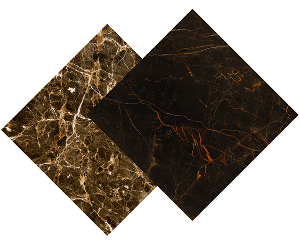
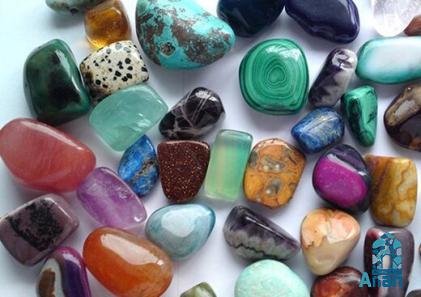

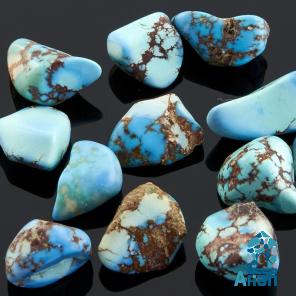
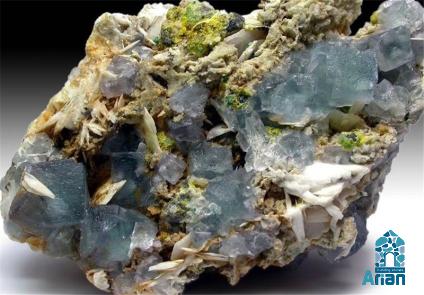
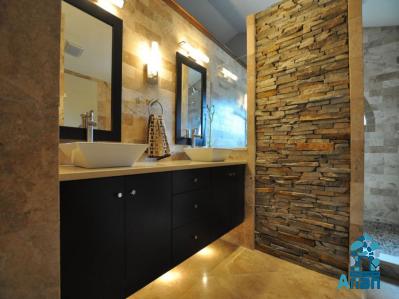
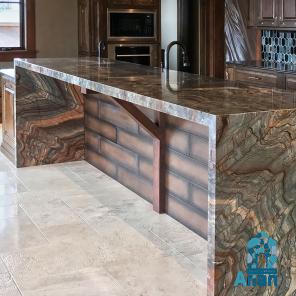
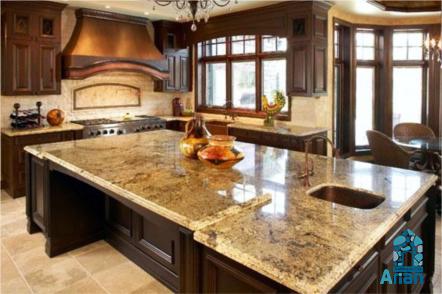


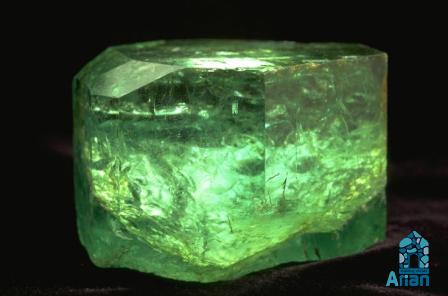
Your comment submitted.